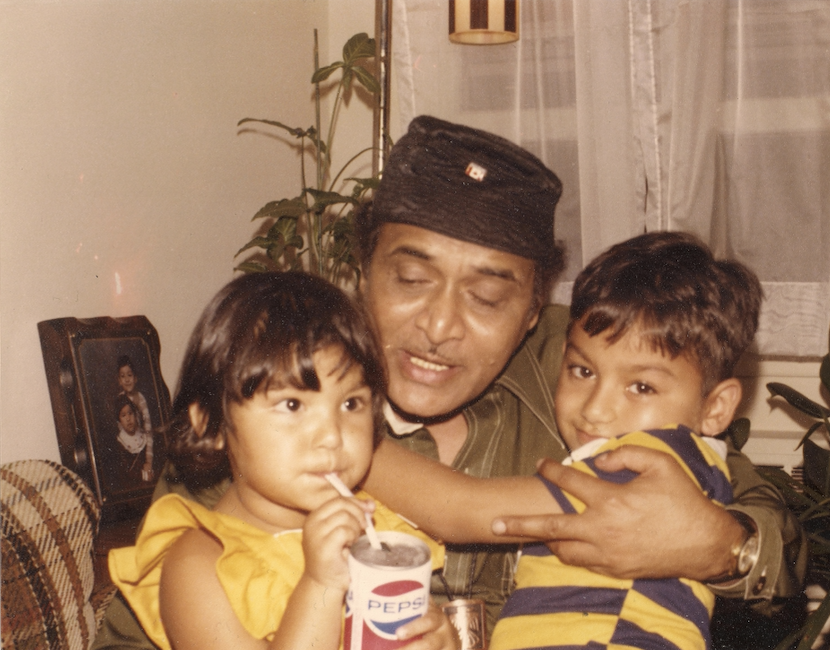
In order to break the rules, you gotta know the rules. Like really, really well.
I truly believe this. I've been down memory lane a lot this week -- a combination of the holidays, fewer scheduled meetings and being surrounded by family -- and this story suddenly came back to me.
Please go away and read it. It shouldn't take more than 10 minutes.
You back?
Really, this lesson is useless unless you read it.
OK. Thanks.
I found Caitlyn Jones in a typical beat-reporter fashion. I was working on a story about kids struggling to pass state tests and she was one of those kids. But like so many of the people we meet doing one story, other tales emerge. We usually walk away, maybe echoes of the ideas show up in subsequent stories if we have time and luck.
This felt different. There was something about her ordinariness AND her secret life as a gymnast that felt like maybe I could work with. This became a classic case of immersion reporting -- mostly on my own time, nights, weekends, calls to her mom to assure her I was not crazy -- and a big risk on my part. I did not think the Washington Post would let me do a section front on ... an ordinary kid. So the risk was my time and then after a few weeks, I went to my editor with the pitch. "Here's a kid who people will recognize from their own high school days. What if we get them to take a second look?"
The timing in my own life, in retrospect, feels significant. October 2003 is also when my first book, a work of narrative nonfiction, was released. I wanted to apply the techniques and revelations of that process to my day job. But it was really hard. For example, in metro reporting and traditional inverted pyramid style (see image above), you are looking for good quotes and sound bytes. In book reporting, sound bytes do nothing. You are looking for action, climax, a beginning, middle, end, scenes that inform a broader point. So if you hear a good quote, you actually need to stop and dig deeper and ask questions that interrupt the teller's narrative in order to make yours better. What were you wearing? What time was it? What did your mom say?
This generally sucks for metro reporting and daily deadlines because politicians, pr people, professionals do not have time for all that and we just deliver anecdotal lede, nut graf, quotes, some data and opposition and our day is done.
But guess who does have time for questions without preconceived notions? Kids! Children are the hardest interviews - they speak in monosyllable and think what we do is weird. They are not trained to be "on" (okay in 2003, they were not; maybe Instagram ruined them). So you can ask them all sorts of non sequiturs and it's all good. Kids do not mind being asked what the cafeteria was serving that day.
That's basically what I did in this story. I also had to tell the parents why I was spending so much time with their kid and asking the mundane (I remember asking the gym coach to write down the routine for me -- I wanted to demonstrate mastery for any insiders, gymnasts, power tumblers reading the story.)
This is NOT a Pulitzer contender. This was a routine assignment that I stretched out to take months to report. That is why I am sharing it. It's a very average story. The trick in getting NO nut graph in the story (made you click, why you are here) was twofold. One, I had to convince my editor that a nut graf would distill her life too simplistically and give away the chronology. Two - and this is more important -- I wanted to organize the story NOT as a pyramid but as two tracks.
In narrative nonfiction, this is called AB AB format. The best example i can think of is Anne Fadiman's "The Spirit Catches You and You Fall Down." We don't get to use it in newspaper land much. I wanted to try it with Caitlyn's story. Here's the closest we get to a nut graf -- and it's VERY far down...
Over the summer, Jones's worlds unexpectedly met. She enrolled in a remedial class to study for the Standards of Learning test in English, which she failed last spring and would have to pass to graduate next spring. Days before the class started, Jones placed eighth in the Sacramento trials for the World-Age Games, qualifying for the second round, which would take place in Colorado a few weeks after the Aug. 6 English test. Now she had two goals in sight, and both felt out of reach.
And you can see the rest of the story essentially follows both of those journeys, separately, allowing them to come together occasionally (when I witnessed interactions) and then again at the end.
I've been thinking about whether this device works for writing on the web and I think it does. If anything, delving into the parallel tensions in everyday folks' lives might actually be visually more arresting online. I can also picture using this device against policy debates needing human contextualization -- the $600 stimulus check, small businesses trying to make it through the winter, a mother's struggle to social distance from her child...
Try it. You can crack this nut, I am sure.
-30-

















Write a comment ...